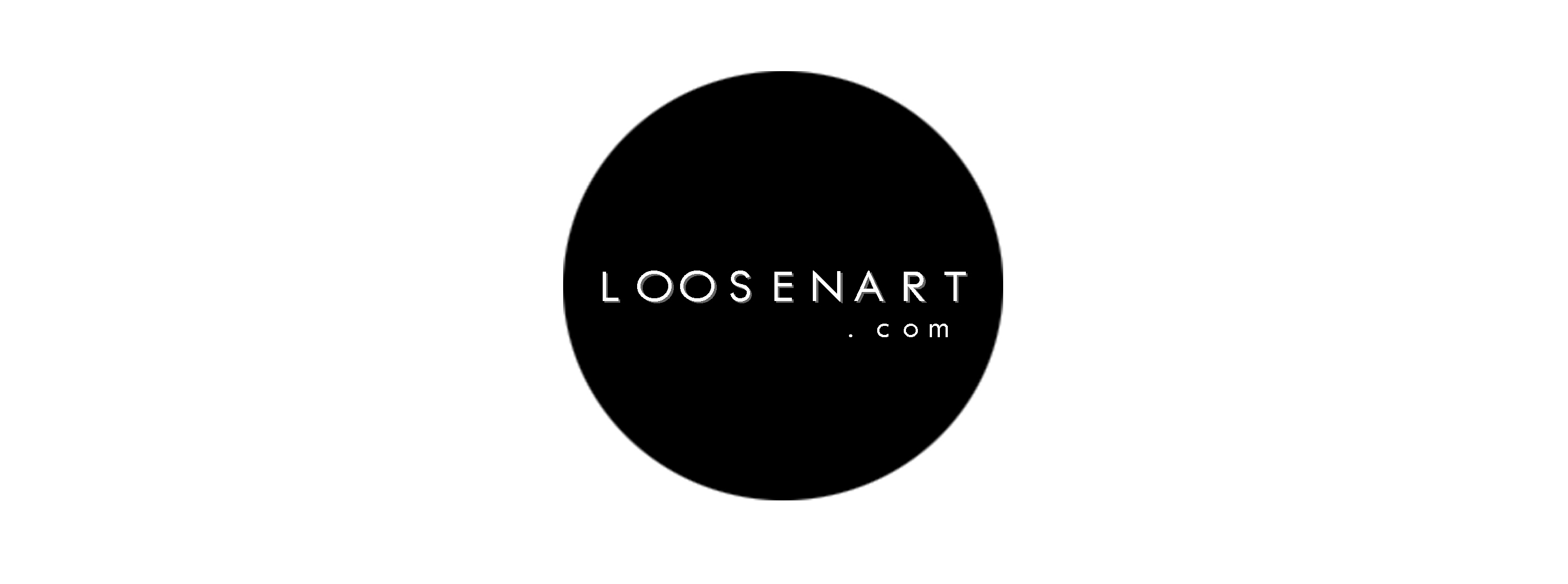Surveillance Society
Posted on May 12 2022
 +
+
Author Silvia Colombo
.
.
Surveillance Society │ April 21st - May 19th, 2022
.
.
“Surveillance Society” is an exhibition about the most advanced and yet obscure aspects of our society. The pictures on show at Spazio Millepiani in Rome raise questions, doubts, and thoughts we silenced though they are still there - somehow, somewhere. The “state of control” which is being discussed here and rooted in the literary and visionary world designed by George Orwell - and later on taken up among the others by Amélie Nothomb - traces paradoxes, highlights contradictions and totally confuses us. But it also makes us rethink our society’s dynamics, fiercely struggling between technology’s unconditional progress and its side effects.
On the one hand, the “everything-is-possible-doors” open before our eyes, letting us be connected at any time with our loved ones as well as with strangers we never met before. On the other hand, a lot of questions about the invasiveness of those means and the blurred border between private and public life arise.
At the same time a lot of dilemmas about the ethics and the real nature of these media emerge: to what extent is it fair pushing the boundaries in order to know something more about ‘the other’? When do we stop finding out about someone and we start invading the lives of others instead?
On the one hand, the “everything-is-possible-doors” open before our eyes, letting us be connected at any time with our loved ones as well as with strangers we never met before. On the other hand, a lot of questions about the invasiveness of those means and the blurred border between private and public life arise.
At the same time a lot of dilemmas about the ethics and the real nature of these media emerge: to what extent is it fair pushing the boundaries in order to know something more about ‘the other’? When do we stop finding out about someone and we start invading the lives of others instead?
..
..

Egor Beketov, Hear, 2019
.
.
Without counting that the border between private and public, already transient per se, has faded even more during the pandemic, when millions of screens have been switched on in (almost) everyone’s homes. Once contacts and traveling became impossible and prohibited, those screens entered into our homes, into our lives, making us visible to the world, but also letting us spy into other people’s rooms.
.
This complex iconographic context set in motion by the group show “Surveillance Society” opens on countless subjects such as, for example, privacy and safety - that, in turn, have been phagocytized by literature and TV. Everyone of us watched, at least once, a movie or a telefilm episode where the security cameras were essential to the resolution of the case.
Other artworks show instead the recording itself as something dealing with (artificial) memory, but also with the personal as well as the collective memory.
Other artworks show instead the recording itself as something dealing with (artificial) memory, but also with the personal as well as the collective memory.
.
.

Rakel Vella, The Glass Box, 2020 │Watch the Video on Vimeo
.
.
The record where those events are filed becomes thus a sort of ‘external’ memory surviving the course of time and remaining as a permanent trace of something that has happened. The extreme expression of this path is the artistic and creative work about the inspection of our luggages (and our bodies) at the airport. Accurately scanned, our personal objects (and our bodies) are made public to insiders - and to the curious. Are we what we buy and what we use then?
Another interesting point of view of this exhibition is the one dealing with political activism and street art, in relation to the omnipresent “Big Brother” eye. It is no coincidence that various artists and activists pursuing their ideals by operating at the edge of legality are choosing to hide their identity for not being recognisable by the security cameras spread around the streets.
Overall, the exhibition path traced by “Surveillance Society” tends to highlight and to exacerbate the dualities and contradictions of a tool knowing, recording and sharing everything.
Another interesting point of view of this exhibition is the one dealing with political activism and street art, in relation to the omnipresent “Big Brother” eye. It is no coincidence that various artists and activists pursuing their ideals by operating at the edge of legality are choosing to hide their identity for not being recognisable by the security cameras spread around the streets.
Overall, the exhibition path traced by “Surveillance Society” tends to highlight and to exacerbate the dualities and contradictions of a tool knowing, recording and sharing everything.
.
.

Joao Pereira, Identity, 2020
.
.

.
.

Pierre-Louis Ferrer, Underground, 2017
.
.
.
.
-
.
.
.
.

.
.
.
.
--------------------------------------------------------------------------------------------------------------------------------------------------------------
.
SURVEILLANCE SOCIETY
April 21st - May 19th, 2022
Millepiani - Via N. Odero,13, Rome - IT
linfo@millepiani.eu
+39 06.888.17.620
.
.
.
.
.
.
.
.
.
.
,
.
.
.
.
.
.
.
.

Connect